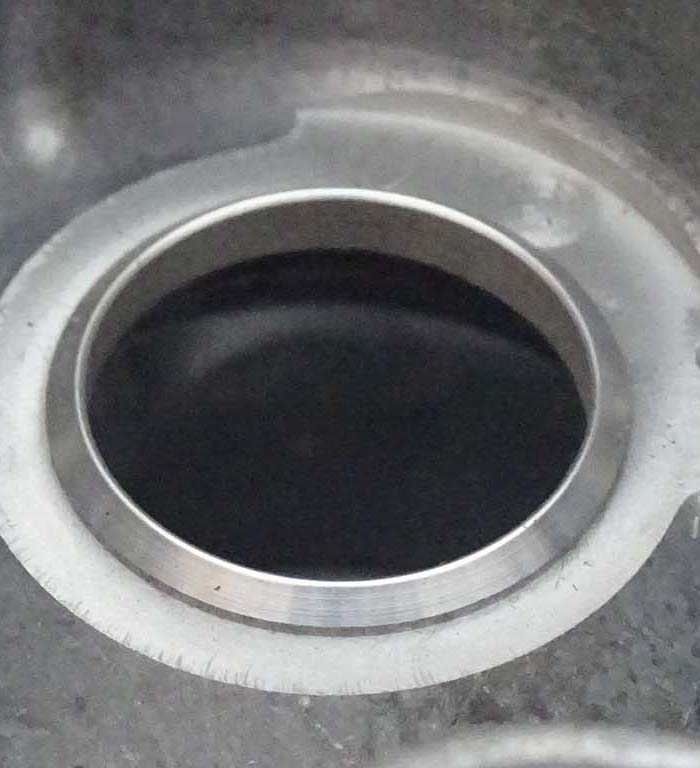Impregnation of castings
Impregnation of parts consists of filling cracks, fissures and porosity to allow the parts to become liquid and gas tight. It is important to understand that these defects are often undetectable to the naked eye and their positions can vary in the part. This technique is required for critical parts to ensure a seal on a machined surface of a gasket, for example.When developing a part with re-machining, where the final profiles must have the best possible surface finish, it is important not to machine more than 0.4 mm of aluminium and to provide a machining allowance that reproduces the final profile. This problem does not exist with die-cast parts which are naturally tight.
This can be done on raw, machined or surface-treated parts, but it is best done as the last step in the range.
In practice, the parts are impregnated with a resin that enters the pores and cracks of the surface. This resin is then permanently stabilised over time by heat polymerisation.
The impregnation does not modify the geometry or reinforce the strength of the part. It provides a seal of up to 10-6 bar in helium.
